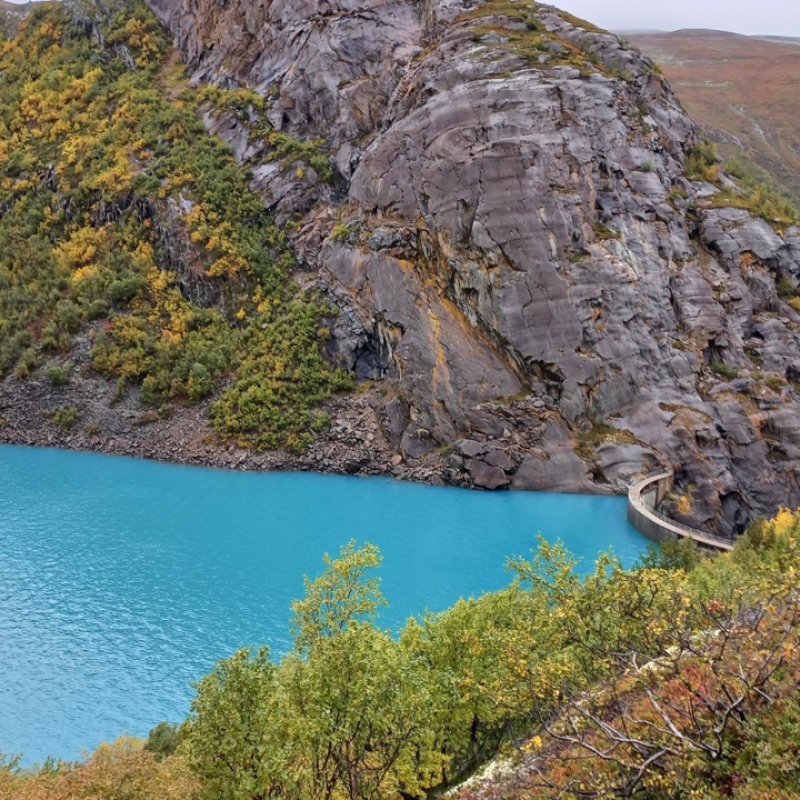Bjørn Kløve
Seniorforsker
(+358) 40 594 45 14
bjorn.klove@nibio.no
Sted
Ås - Bygg O43
Besøksadresse
Oluf Thesens vei 43, 1433 Ås (Varelevering: Elizabeth Stephansens vei 21)
Sammendrag
Det er ikke registrert sammendrag
Sammendrag
Det er ikke registrert sammendrag
Til dokument
Forfattere
Anne Lyche Solheim Anne Tolvanen Eva Skarbøvik Bjørn Kløve Dennis Collentine Brian Kronvang Gitte Blicher-Mathiesen Fatemeh Hashemi Artti Juutinen Seppo Hellsten Eija Pouta Jan VermaatSammendrag
Det er ikke registrert sammendrag

